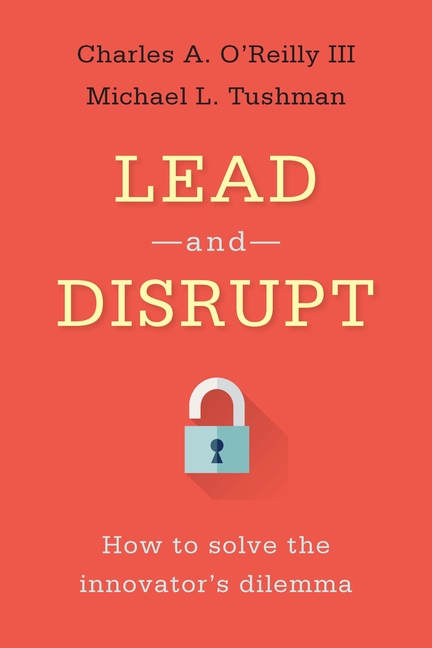
Lead and Disrupt: How to Solve the Innovator's Dilemma
| Quantity | Price | Discount |
|---|---|---|
| List Price | $30.00 | |
| 1 + | $24.00 | 20% |
$30.00
Book Information
| Publisher: | Stanford Business Books |
|---|---|
| Publish Date: | 03/30/2016 |
| Pages: | 280 |
| ISBN-13: | 9780804798655 |
| ISBN-10: | 0804798656 |
| Language: | English |
Full Description
In the past few years, a number of well-known firms have failed; think of Blockbuster, Kodak, or RadioShack. When we read about their demise, it often seems inevitable--a natural part of "creative destruction." But closer examination reveals a disturbing truth: Companies large and small are shuttering more quickly than ever. What does it take to buck this trend?
The simple answer is: ambidexterity. Firms must remain competitive in their core markets, while also winning in new domains. Innovation guru Clayton M. Christensen has been pessimistic about whether established companies can prevail in the face of disruption, but Charles A. O'Reilly III and Michael L. Tushman know they can! The authors explain how shrewd organizations have used an ambidextrous approach to solve their own innovator's dilemma. They contrast these luminaries with companies which--often trapped by their own successes--have been unable to adapt and grow.
Drawing on a vast research program and over a decade of helping companies to innovate, the authors present a set of practices to guide firms as they adopt ambidexterity. Top-down and bottom-up leaders are key to this process--a fact too often overlooked in the heated debate about innovation. But not in this case. Readers will come away with a new understanding of how to improve their existing businesses through efficiency, control, and incremental change, while also seizing new markets where flexibility, autonomy, and experimentation rule the day.

